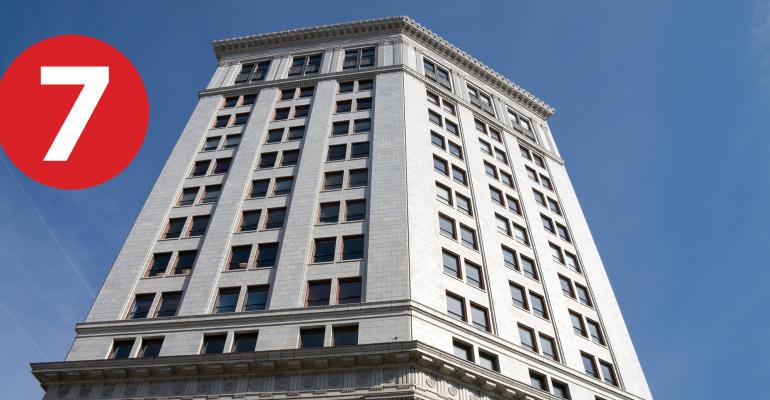- Native American Tribes Move to Make Real Estate a Force for Renewal “Native Americans have been systematically dispossessed of their ancestral lands for more than a century, thanks to federal land-management policies. But a spate of new real estate projects highlights efforts to reclaim that territory, as tribes invest in land development in an effort to diversify their revenue base and support their members.” (The New York Times)
- John Lewis to Build Rental Homes—Some Furnished with Retailer’s Goods “John Lewis is tapping into its property portfolio to expand in the housing market. The British department store chain plans to build 10,000 homes for rent during the next several news, reported The Times. Renters will have the choice of renting a home that is unfurnished or one that is fully furnished with John Lewis products. The rentals will range from houses to studio apartments.” (Chain Store Age)
- About WashREIT’s Green Bond Framework Targeting BREEAM: Q&A “In late April, WashREIT announced a $350 million expansion of its Green Bond Framework for green buildings that achieve BREEAM certification, as part of the trust’s ESG roadmap. Specifically, the REIT intends to win the sustainability award for Assembly—a portfolio of seven multifamily properties across Northern Virginia and Montgomery County, Md.—and Cascade at Landmark in Alexandria, Va. Combined, these eight assets total roughly 2,400 units.” (Multi-Housing News)
- These Are the Cities with the Biggest Share of Homeowners in Danger of Foreclosure “Some mortgage borrowers aren’t out of the woods yet from COVID-related financial challenges.” (MarketWatch)
- San Francisco’s Slow Reopening Frustrates City’s Small Businesses “As of July 4, about 76% of eligible San Francisco residents have received at least one dose of Covid-19 vaccine, compared with 67% for the U.S. as a whole, according to the Centers for Disease Control and Prevention. But the San Francisco area trails the rest of the country in going back to the office—with less than 20% of the city’s workforce returned as of mid-June, compared with a U.S. average of 32%, according to Kastle Systems, a nationwide security company that monitors access-card swipes. The decreased foot traffic has meant many of the stores and restaurants in San Francisco’s once-thriving business district remain closed.” (The Wall Street Journal)
- Shuttered Fitting Rooms Anger Shoppers and Boost Returns. How These Retailers Are Trying to Fix That “The headaches for consumers are somewhat obvious: Not being able to try on items in stores means potentially stocking up on extra sizes, like Hearden did, to later see what works at home. Shoppers tend to employ a similar strategy when looking for clothes or shoes online — they’ll buy a dress in two or even three sizes — which has increasingly happened over the course of the health crisis. For businesses, this chain of events sends return rates skyrocketing.” (CNBC)
- As California and Texas Face Blackouts, Data Centers See Opportunity “California and Texas are facing blackouts and power shortages, but data center operators may find opportunities amid the added risk.” (Bisnow)
0 comments
Hide comments





